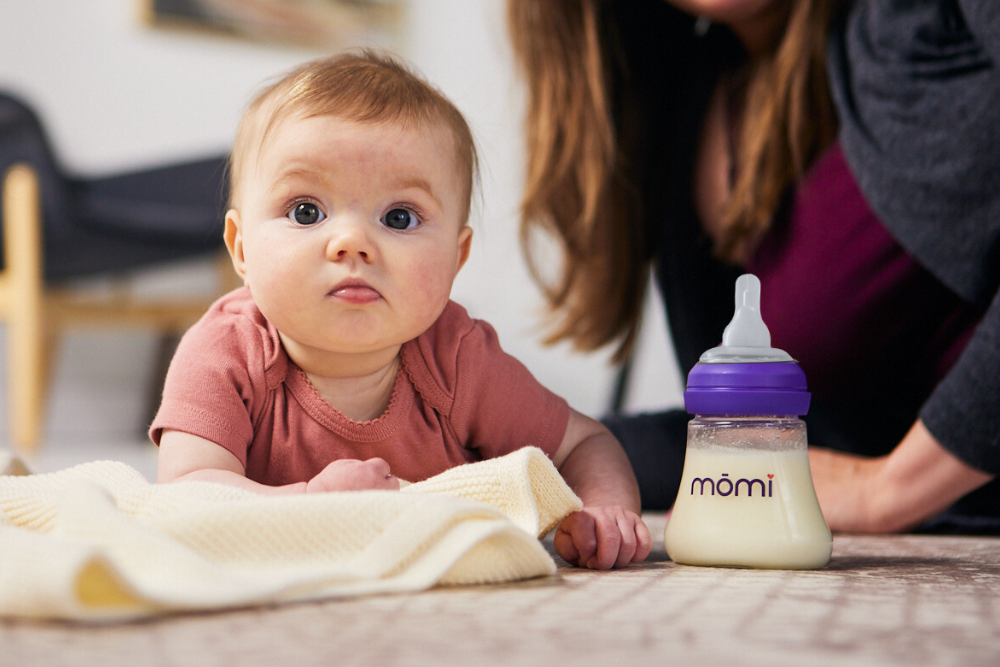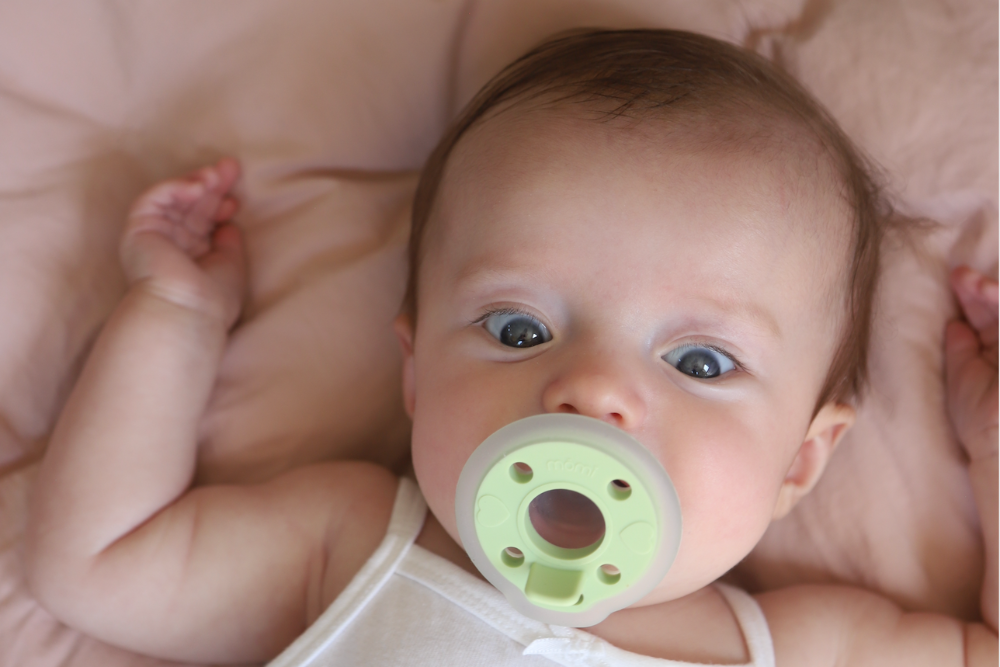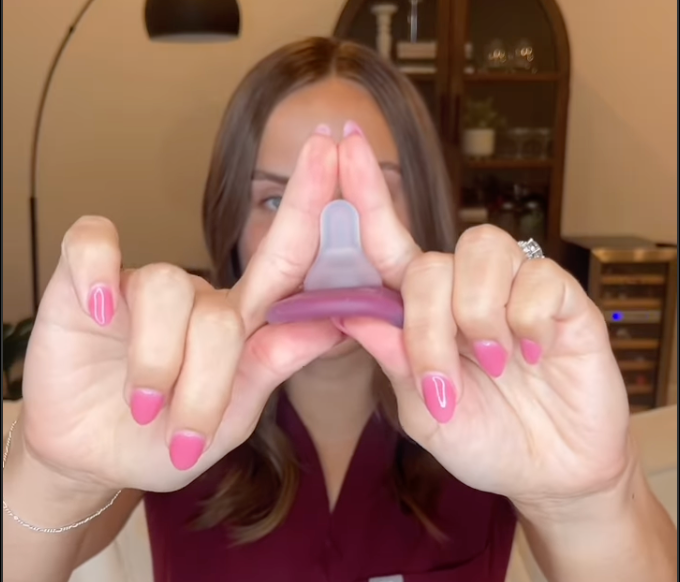Traveling with a baby can be daunting. (What if they cry the whole time? Offering baby a bottle or breast during takeoff and landing can help! How many diapers should you bring in your carry-on? As many as you can. Will they let you wear your baby in a carrier through security? Sometimes, but be ready to take them out just in case.) You might be tempted to just stay home when you consider how you’ll manage feeding, pumping and flying with your milk!
Knowing your rights, TSA rules and a few tips from experienced moms can help ensure a smooth flight for you, baby and your liquid gold. Here's what parents need to know before traveling by air with breast milk or formula:
get informed
If you’re traveling within the United States and worried about restricting baby’s food to what fits inside 3.4 ounce bottles in a clear quart bag, read this first! The Transportation Security Administration (TSA) makes allowances for milk and formula that don’t apply to shampoo or other liquids, because they’re considered medically necessary.
According to official guidelines, formula, breastmilk, toddler drinks and baby/toddler food (including puree pouches) are allowed in carry-ons in quantities greater than 3.4 ounces. TSA will also allow you to bring a reasonable quantity of water for babies in your carry on, if you’re formula feeding. Kristen Fields, mōmi's VP of marketing, always packs as many bottles as she'll need, plus one spare, pre-filled with the correct amount of water. She also recommends buying an extra bottle of water as soon as you get through security so there's plenty of time for it to warm up.
You'll need a bag to hold all these bottles, and that's allowed! You can carry on a cooler, ice packs, freezer packs and gel packs to keep baby food stored safely. (Even if you’re traveling apart from your child, you’re allowed to bring these items for the safe storage of pumped breastmilk.) Be aware that parents have had mixed experiences trying to fly with ice packs once they’re thawed (since technically they exceed the limitation on liquids.)
If you’re traveling with a breast pump, the TSA allows pumps in carry-ons or in checked bags. Please look into the specific airline that you’re flying, as they may or may not consider it medical equipment and exempt it from your carry-on limit. (Not all agents are equally educated, so it wouldn’t hurt to print out the airline’s policy.) It might be tempting to put your pump in a checked bag if you’re flying with baby, but if you do, make sure you have a plan in case your luggage is lost.
TSA assures us that their x-ray machines don’t damage food. But if you don’t want agents to x-ray your bottles, you have the right to let them know. You’ll want to allow plenty of additional time, since that may introduce additional steps to clear your items, you and anyone you’re traveling with.
Remember that while TSA agents are generally well-informed, some may not know what’s exempt. Take a deep breath and be your own advocate. Print a copy of TSA's guidelines, and pack it in your cooler or pump bag, just in case you encounter an agent who's unfamiliar with the rules.
tips from experienced traveling parents
- Traveling with a cooler? Pack an extra plastic bag. If your ice melts along the way (or your cold pack gets too warm), you can ask for a cup of ice from an airport restaurant or flight attendant. While you’re at it, pack a few extra plastic bags. They also come in handy to hold soiled outfits or blankets, in case of spit up or spills.
- Declare up-front to security agents the exempt items you’re traveling with. You’ll need to be ready to take out your exempt items for inspection or testing.
- Do your best to plan baby’s feedings with your travel schedule. (You don’t want to be trying to mix a bottle while in line for security checks to pacify a hungry little one.) Remember that powered formula is generally only good for one hour after it’s prepared. Check your brand’s guidelines.
- Ideally, bring powdered formula in its original container. If not, let TSA know up-front what it is, and remove extra water you may be traveling with for baby-feeding so that it can be screened.
- If you have space, consider packing breastmilk in clear bottles instead of plastic bags. Bottle Liquid Scanners are the easiest way for TSA to clear your items. If your liquids can’t be scanned that way, it may take longer and agents might ask you to open them for alternate screening. The TSA states that screening will never include placing anything into the liquid, although it’s possible they might ask you to pour some into a separate container for testing.
- Allow plenty of time for security. Different airports (and even agents) may follow different procedures, and they may want to test your bag or containers.
- Plan to pump in the airport, if possible, versus on the plane.
- Some airports have lactation rooms or lactation pods where you’ll have privacy and access to a power outlet (in fact, it’s required by law for major US airports).
- Remember the size of airplane sinks? In the air, you won’t be able to clean your pump parts well. Bring a separate bag for dirty and clean pump parts, and enough spare clean pump parts for all the pumping sessions on your flight.
- Not every airline offers power outlets at every seat, so you’ll need to consider how to power your pump or bring one that’s battery powered.
- Offering baby their bottle or the breast during takeoff and landing can help combat the pressure they’ll feel in their ears, and comfort/distract them.
- Suspend self-judgement. Your baby is their own person, and they might cry even if you memorize all the tricks in the book. If someone is rude because your little one is loud mid-flight, take deep breaths and be thankful they aren’t the one you’re travelling to visit.
Still have questions about what is or isn't allowed on the plane? Check out this searchable list on the TSA website!




